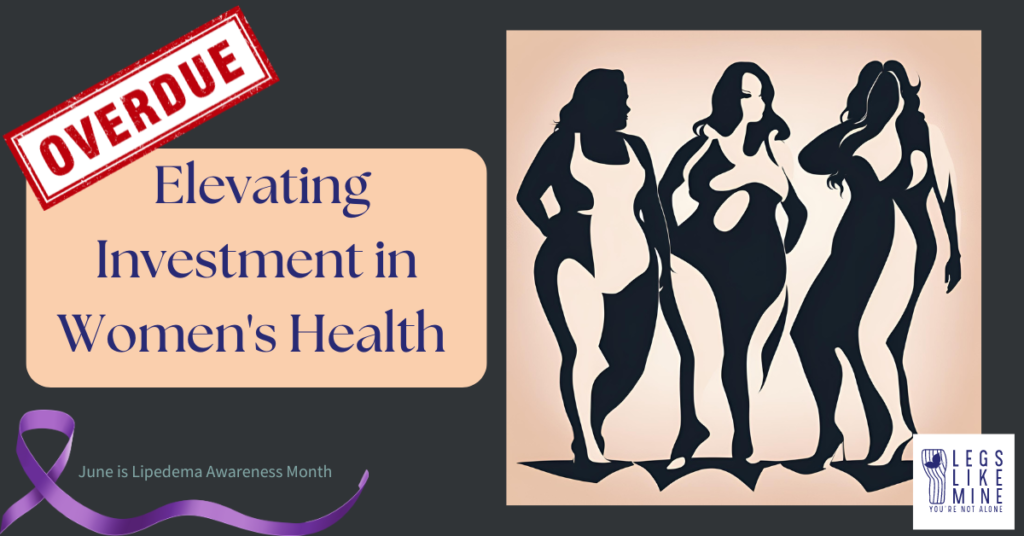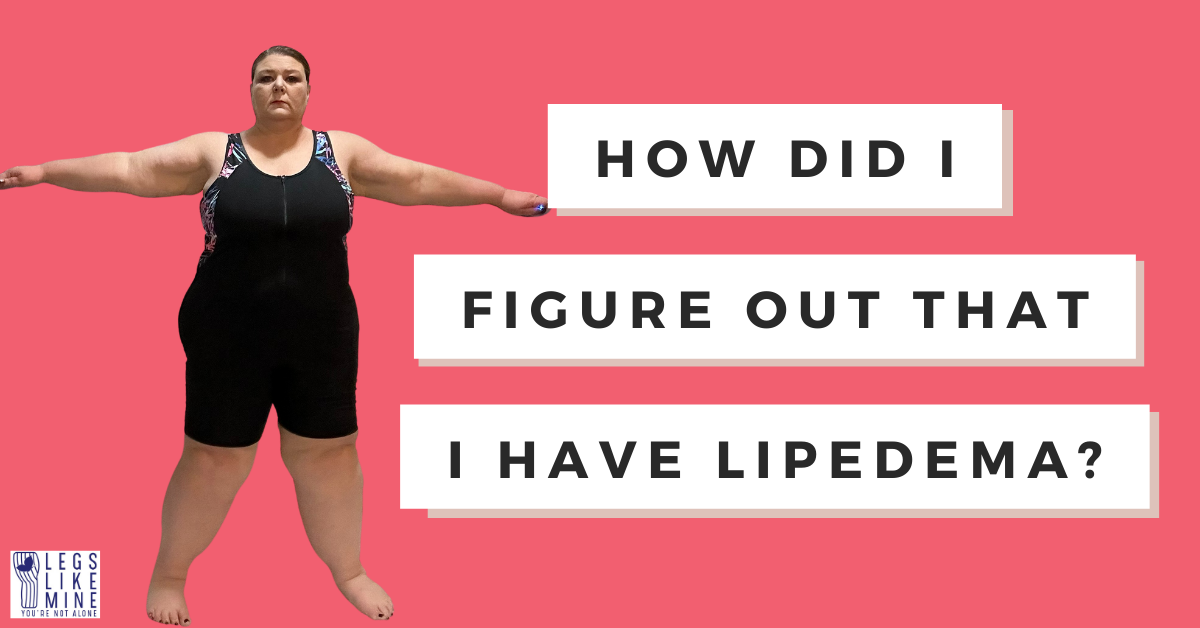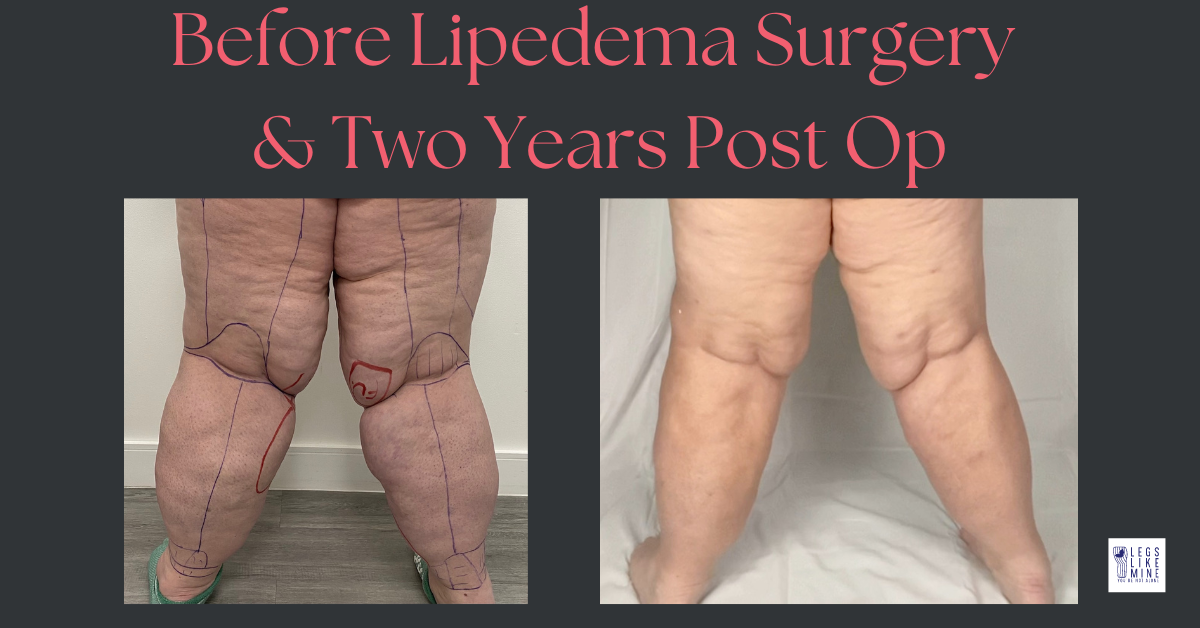Hi friends!
Have you ever heard of lipedema? It’s a chronic condition that causes an abnormal buildup of fat cells in the legs and arms, leading to pain, immobility, and a higher risk of lymphedema. Sounds serious, right? Yet, millions of women struggle for years (the average is 17 years from symptoms starting to diagnosis) to get a proper diagnosis because lipedema is vastly under researched and misunderstood.
Unfortunately, lipedema is just one example of how diseases that primarily affect women have been historically neglected in medical research. It’s a sobering reality that has put women’s health on the backburner for far too long.
The Gender Gap in Research
The numbers don’t lie. A study commissioned by Women’s Health Access Matters found that for diseases predominantly affecting women, like rheumatoid arthritis and Alzheimer’s, research funding is disproportionately low compared to the burden of disease. This funding disparity perpetuates a vicious cycle where women’s health issues remain understudied, leading to poorer outcomes and a lack of tailored treatments.
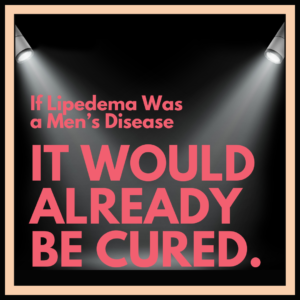
The roots of the funding gap lie in the historical male bias in biomedical research, from using primarily male animal models to lacking diversity in clinical trials. This male-centric approach has left many knowledge gaps around female biology and health needs.
Take cardiovascular disease, for instance. It’s the leading cause of death for women in the United States, yet only a third of participants in clinical trials for new heart treatments are female. How can we expect to develop effective therapies when such a significant portion of the affected population is left out of the research process?
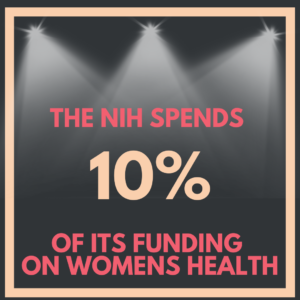
Breaking Down Barriers
So, why has women’s health been so overlooked? Part of the problem lies in the historical bias of medical research being male-centric. In the past, women of childbearing age were even excluded from clinical trials due to unfounded concerns about potential risks to fetuses. This outdated mindset has left a lasting impact, with gender imbalances persisting in peer-reviewed publications and research leadership roles.

But times are changing, and the tides are slowly turning. Organizations like the Society for Women’s Health Research are advocating for policy changes and increased funding to address the gender gap in medical research. Initiatives like these are crucial for elevating women’s health as a priority and ensuring that all voices are heard in the research process.
Here’s a quick look at the percentages of funding published for the top five funding orgs in the US. Note some don’t even disclose how much they spend on women’s health.
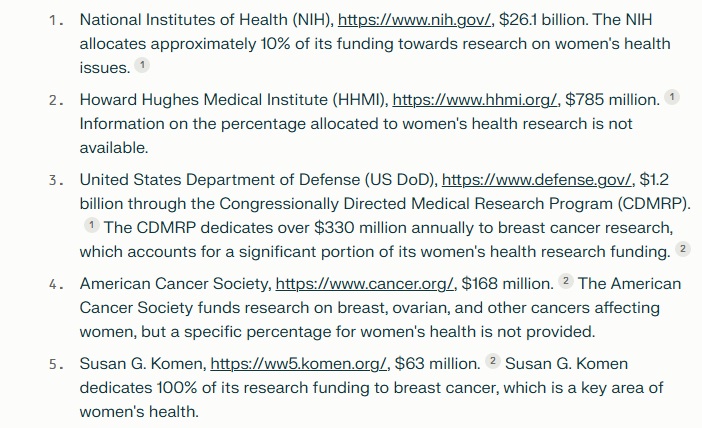
The top five research funding organizations and how they publish information on funding women’s health research.
A Call to Action
I’m super thankful for research organizations like the Lipedema Foundation, that exist because of generous founders with a vision, and I want to reflect on the progress made and the work still ahead. In the last five years, lipedema research has exploded, with more on the way. But diseases like lipedema, rheumatoid arthritis, and Alzheimer’s are not niche conditions – they impact millions of women worldwide. It’s time to break down the barriers and prioritize research that addresses the unique needs of women’s health.
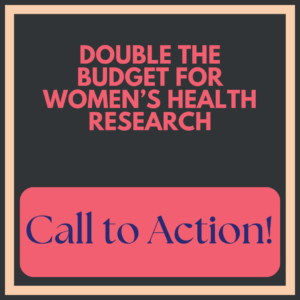
By advocating for more inclusive and equitable research practices, we can pave the way for better diagnoses, more effective treatments, and improved outcomes for women everywhere. Because when it comes to healthcare, no one should be left behind. This is why advocacy is important, and why I do my, albeit small, part.
Stay well friends. Raise awareness. Raise hell if you have to.
Susan

My mom also has painful lipedema and is not a candidate for surgery.
Citations in the Research Funding Information Graphic:
1. “Top 10 Health Funding Organizations – Conduct Science.” Conduct Science, https://conductscience.com/top-10-health-funding-organizations/. [1]
2. “» Health research funding organizations.” Health Research Funders, https://www.healthresearchfunders.org/health-research-funding-organizations/. [2]
3. Subramanya, Sriram Harishankar. “The Top 5 Healthcare Institutions for Scientific Research in 2018 – Nature.” Nature Index, 27 Aug. 2019, https://www.nature.com/nature-index/news/top-five-healthcare-institutions-scientific-research-twenty-nineteen. [3]
4. Nietzel, Michael T. “Top 20 Universities For NIH Funding; Johns Hopkins Ranks First Again.” Forbes, 10 Feb. 2024, https://www.forbes.com/sites/michaeltnietzel/2024/02/10/top-20-universities-for-nih-funding-johns-hopkins-ranks-first-again/. [4]
5. Viergever, Roderik F., and Terry C.C. Hendriks. “The 10 Largest Public and Philanthropic Funders of Health Research in the World: What They Fund and How They Distribute Their Funds.” Health Research Policy and Systems, BioMed Central, 18 Feb. 2016, https://health-policy-systems.biomedcentral.com/articles/10.1186/s12961-015-0074-z. [5]
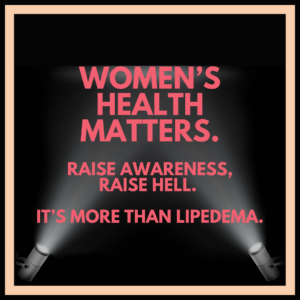
Some Sources for You!
Journal of Women’s Health 2021 30:7, 956-963Harvard Library. (n.d.). Home – Women’s Health – Research Guides at Harvard Library. https://guides.library.harvard.edu/schlesinger_womens_health
Patrias, K. (2007). Web Sites – Citing Medicine – NCBI Bookshelf. https://www.ncbi.nlm.nih.gov/books/NBK7274/
University of Michigan Library. (2024, April 26). Perspectives in Women’s Health. https://guides.umd.umich.edu/c.php?g=529482&p=3620539
University of Michigan Library. (n.d.). Women’s and Gender Studies 220 / Nursing 220: Women’s Health. https://guides.lib.umich.edu/c.php?g=283113&p=7406910
Rowan University Libraries. (2024, April 16). Cite Sources – Women’s and Gender Studies – Research Guides. https://libguides.rowan.edu/wgs/sources
